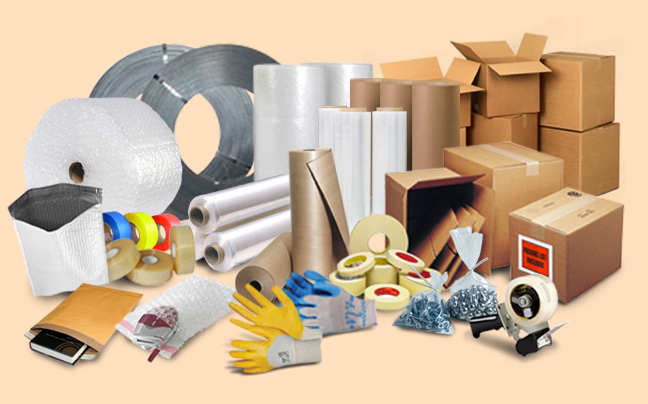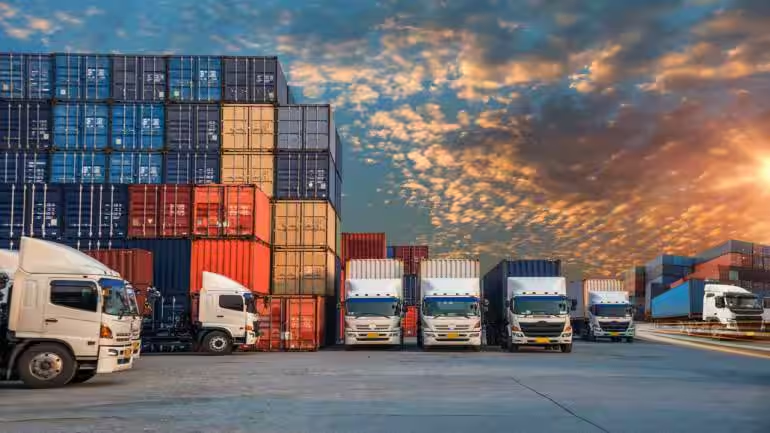Budget-conscious businesses naturally look for ways to cut expenses, and packaging supplies often seem like an easy target. The price difference between economy options and premium materials shows up clearly on invoices, making the cheaper choice appear financially smart. But this is one of those areas where initial savings can cost significantly more in the long run through damaged goods, customer complaints, and operational inefficiencies that don’t show up on the original purchase order.
The problem with cheap packaging isn’t always obvious at first. A few damaged shipments here and there might seem like acceptable losses. Slightly longer packing times don’t trigger immediate concern. But these small issues compound over hundreds or thousands of shipments, creating costs that dwarf whatever was saved on materials. Understanding where budget packaging actually costs money helps businesses make smarter decisions about where to invest and where they can safely economize.
The Damage and Return Cycle
Cheap packaging fails more often. That’s not opinion – it’s basic material science. Thinner boxes crush more easily. Lower-grade bubble wrap provides less cushioning. Economy tape loses adhesion in temperature changes or humidity. When packaging fails, products get damaged, and damaged products trigger a cascade of costs.
First comes the obvious hit – replacing the damaged item. Whether that’s eating the cost of a lost product or reshipping a replacement, the expense is immediate and visible. But the costs don’t stop there.
Customer service time gets consumed handling complaints, processing returns, and arranging replacements. That’s labor cost that could have gone toward productive work. Return shipping often falls on the business, adding more expense. If the customer decides the hassle isn’t worth it and requests a refund instead, the business loses both the product and the sale.
Then there’s the reputation damage. Customers remember receiving broken items. They leave negative reviews. They tell friends about their experience. Some never order again. This long-term cost is harder to quantify but arguably more damaging than any single replacement expense.
Labor Inefficiency Nobody Accounts For
Here’s what most businesses don’t realize when they buy cheap packaging – it’s often harder to work with. Budget tape that doesn’t stick reliably means employees spend extra seconds adjusting it, pressing it down, or applying additional strips to be safe. Boxes that don’t fold square require extra time to assemble properly. Thin materials that tear easily mean restarting the packing process when something rips.
These aren’t huge time differences per package. Maybe 15-30 seconds extra per shipment. That sounds negligible until you multiply it across volume. A business shipping 100 packages daily wastes 25-50 minutes of labor time. That’s 4-8 hours per week. Over a year, that’s 200-400 hours of paid time spent fighting with substandard materials.
At typical warehouse wages, that adds up to thousands in unnecessary labor costs – often exceeding whatever was saved buying cheaper supplies in the first place. And that’s assuming the frustration doesn’t affect employee morale or turnover, which carries its own costs.
Material Waste From Failures
Cheap packaging fails during the packing process, not just in transit. Tape that snaps while being applied. Boxes that collapse when lifted. Bubble wrap that tears before the item is even wrapped. Each failure means discarding that material and starting over with a new piece.
This waste multiplies the actual per-unit cost. If 10% of your economy tape breaks during application, you’re effectively paying the listed price divided by 0.9 – which might bring it close to or above the cost of better tape that works consistently. The same math applies to boxes, cushioning materials, and anything else that fails frequently enough to require extras.
Businesses working with reliable packaging supplies see immediate reductions in material waste, as consistent quality means fewer failed attempts and discarded materials. The unit cost might look higher on the invoice, but the effective cost per successfully packed item often ends up lower when waste factors in.
The Overcompensation Problem
When employees know the packaging is marginal, they compensate. Extra tape gets applied “just to be safe.” Additional layers of cushioning go in because the cheap stuff doesn’t seem protective enough. Larger boxes get used to allow for more padding material.
This overcompensation is logical from the employee’s perspective – they’re trying to prevent damage and returns. But it drives up material usage significantly. A business might save 20% buying cheaper supplies, then use 40% more of it because employees don’t trust its performance. The net result is spending more while also dealing with excess packaging waste.
Premium materials that perform reliably let employees use appropriate amounts rather than overcompensating for inadequacy. The per-unit material usage drops even as the per-unit material cost rises, often creating a net savings.
Shipping Weight and Dimensional Costs
Cheap packaging sometimes weighs more than quality alternatives. Thicker cardboard used to compensate for poor construction strength. Extra cushioning needed because the primary materials don’t protect well. All that additional material adds weight, and weight directly affects shipping costs.
For businesses paying dimensional weight pricing (which is most carriers now), excess packaging size also increases costs. Overcompensating with larger boxes to fit extra protection drives up the dimensional weight calculation, potentially bumping shipments into higher price brackets.
Quality packaging often allows for tighter, lighter packing that reduces both actual and dimensional weight. The savings per shipment might be small, but across high volumes they add up quickly – sometimes covering the entire cost difference between cheap and quality supplies.
Customer Experience Beyond Just Damage
Even when cheap packaging technically protects the product, it affects customer perception. Boxes that arrive looking beat up (even if contents are fine) create negative first impressions. Excessive tape that’s difficult to remove frustrates customers. Packaging that feels flimsy makes products seem lower quality by association.
This particularly matters for businesses trying to position themselves as premium or professional. A carefully crafted product arriving in obviously cheap packaging sends mixed messages about brand values. The packaging is often the first physical interaction customers have with a business – it sets expectations for everything that follows.
Finding the Right Balance
None of this means every business needs top-tier packaging for every application. Some products genuinely don’t need maximum protection. Some shipping routes are gentler than others. The key is understanding where economy options create real problems versus where they work fine.
Heavy items, fragile products, and long-distance shipments need quality packaging – the risk and cost of failure are too high to skimp. Local deliveries of durable goods might work fine with simpler materials. The mistake is applying a blanket “buy cheapest” policy without considering these variables.
Testing different packaging levels with small orders reveals where cheaper options actually work versus where they cause problems. Track damage rates, return costs, and packing time across different material choices. The data usually shows that premium packaging isn’t equally necessary everywhere, but it’s absolutely essential in specific applications where cheap options consistently fail.
The Real Per-Unit Cost
Calculating true packaging costs means looking beyond invoice prices. Factor in damage replacement costs, return shipping expenses, extra labor time, material waste, and shipping weight increases. Add in harder-to-quantify costs around customer satisfaction and repeat business.
When businesses run these full calculations, they often discover their “cheap” packaging actually costs more per successfully delivered product than quality materials would have. The savings were illusory – just shifted from the supply invoice to other expense categories that are less obvious but equally real.
Smart packaging investment focuses on total cost of ownership rather than purchase price alone. Sometimes that means premium materials throughout. Sometimes it means strategic quality where it matters most while economizing where risks are lower. But it never means blindly choosing the cheapest option without understanding the downstream costs that choice creates.


